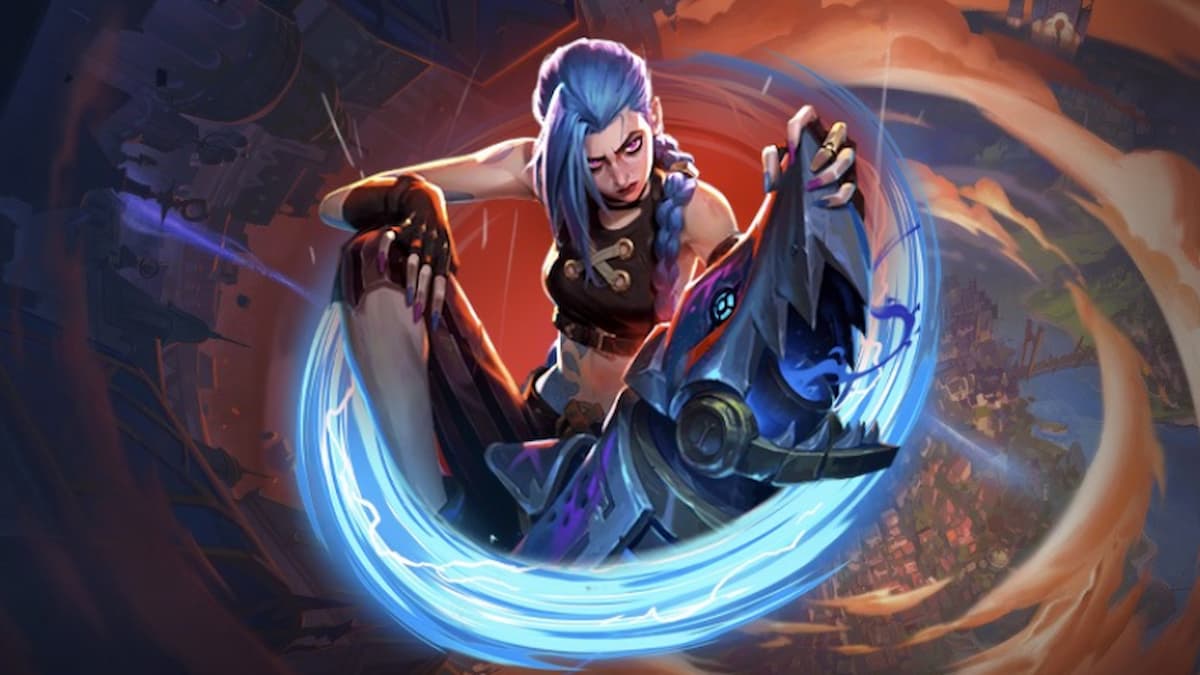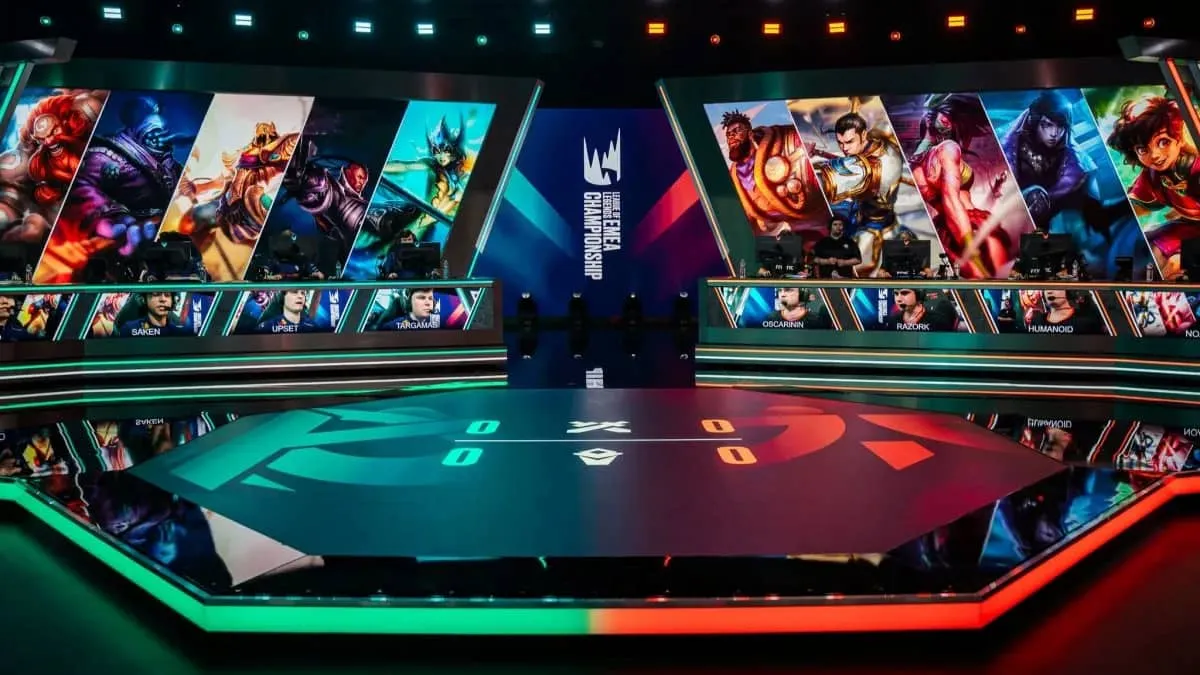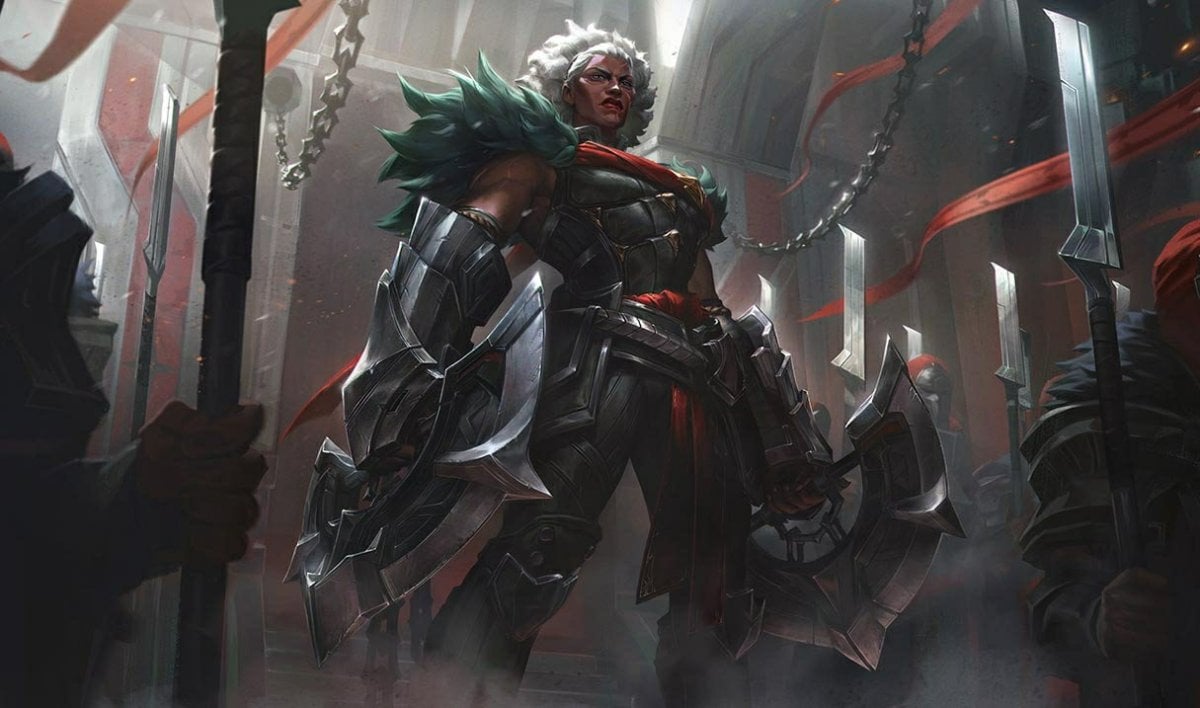Riot Games is one of the most successful gaming companies on the planet. Its only product, League of Legends, is played by around 64 million people globally, according to an interview from last year. It makes approximately $1.6 billion every year. The company’s esports league, which it wholly owns and operates, sets one of the highest standards in the industry. There are a lot of things Riot does very well.
But sometimes, Riot really, really gets things wrong.
This was put on particularly prominent display two weeks ago, when Riot Games co-owner Marc Merrill accused the owner of one of esports’ biggest organizations of not investing enough into his League team. Team SoloMid (TSM) owner Andy “Reginald” Dinh responded in kind, showing in excruciating detail how his, and the majority of other teams, have reached a point where they can’t possibly generate more income from the LCS, and the amount of stress the league puts on the players participating in it.
Merrill’s proverbial frog in the mouth is only one example of the many times Riot has been off the mark in its statements and actions. So here, in no particular order, are some the company’s biggest esports mess-ups.
Stage set-up at the Season 2 World Championship
While the second iteration of League’s world championship is remembered for the incredible surprise victory of the Taipei Assassins, the event was plagued with a variety of major issues. Fans are quick to point towards the eight-hour delay during the quarterfinal match-up between Counter Logic Gaming’s European squad and World Elite, but that was way out of the game developer’s control.
The real, colossal failure on Riot’s part was the poor stage set-up during the tournament’s playoffs, which allowed players to see gigantic screens showing the observer feed. You’d love to hope that competitors, being the honest and sportsmanlike individuals they are, would choose to ignore something that so obviously gave them a competitive advantage. But with stakes as high as a world championship, and with information legitimately being present in their peripheral vision, could one honestly assume that no player would look to take advantage of the situation?
Ultimately there were five reported cases of players peeking at the screens, of which only one was determined to have provided an unfair advantage. Azubu Frost AD Carry Jang “Woong” Gun-woong was able to scout player locations on the map during the quarter-final against TSM.
The game in question was restarted and Azubu Frost were fined $30,000, but the lack of focus or thought put into protecting competitive integrity marred the remainder of the event as Azubu Frost progressed on to the grand finals.
Additionally Riot is one of few esports event organizers who seem strictly against using sound-proof booths for its competitions, which are common practice at practically every other event organizer’s tournaments.
The plethora of bugs in competitive play
The number of times in-game bugs have disrupted competitive play all but help reinforce the notion that League in its current state is a game far past its expiration date and is in a dire need of an update.
In the recent EU LCS playoffs, a bug in champion select caused some games to be remade several times on both broadcast days.
Meanwhile, in the North American LCS semifinal between rivals TSM and Counter Logic Gaming a few weeks ago, a game was paused and remade. This was due to a visual bug relating to the champion Aurelion Sol, which made the champion’s passive visual appear in a separate spot on the map for the enemy team. This also caused the champion to be disabled for the remainder of the series, meaning that aside from the already game-changing patch which landed shortly before the playoffs, Counter Logic Gaming could no longer rely on picking Aurelion Sol in any of the remaining games in the series.
During the fifth iteration of the League World Championship, a total of three champions were removed from competitive play due to bugs prohibiting the champions from using certain spells after activation: Gragas, Lux, and Ziggs. Seeing the latter two disabled was no cause for alarm, the removal of Gragas, however, had major implications as the champion was one of the staple junglers at the time. This forced teams into adapting to the change mid-tournament, a situation the majority of teams were unlikely to have prepared for.
Finally, at the 2015 Mid-Season Invitational, two bugs occurred in a group stage game between SKT T1 and Fnatic. Players Bae “Bang” Jun-sik and Kim “Reignover” Yeu-jin’s champions found themselves interacting strangely with certain walls on the map, prompting their champions to teleport back over the wall after the animations had gone through. To be fair, Riot was open to remaking the game. But Fnatic didn’t communicate the issue to an admin or pause the game, the result stood.
Not alerting Gambit of the EU LCS’ trip to London
During the summer season of 2014, the EU LCS took its show on the road to London. Unfortunately, the Gambit Gaming roster—made up of predominantly CIS (former USSR) players—wasn’t given enough time to prepare for the trip, so the team had to field four separate stand-ins for an entire week of LCS matches.
Unsurprisingly, the quickly-assembled roster offered little resistance against its opponents Fnatic and ROCCAT, costing the team two series and a spot in the top 6 of the league’s standings.
Riot’s head of European esports at the time, Jason “Riotjasonoliver” Yeh, apologized to the team in a statement. He said that UK visa applications from Russia generally take between four-to-six weeks to process, and the team was notified towards the end of the processing timeline. While having attempted to provide assistance to the Russian team after being alerted of the situation, Riot were still unable to secure Gambit their visas.
“Despite this tight deadline and in the face of unexpected complications, we worked extensively with the team and did everything in our power to expedite the process of obtaining visas.”
While the effort from Riot was most surely appreciated. But the fact that it took the company so long to contact the one team who were already experiencing visa issues so drastic they had to practice in Ukraine, rather than Cologne—well, that was quite a feat.
Retaining MYM in the EU LCS
During the 2015 EU LCS Spring Split, an investigation into team Meet Your Makers yielded a shocking finding: One of the players competing in the league had been both monetarily and physically threatened by his own general manager.
Riot’s ruling? A €5,000 fine (around $5,600), and a permanent suspension of the manager in question. That roster, probably due to the poor environment within the team,then failed to impress on the EU LCS stage and were relegated by the end of the split. MYM had been reduced to nothing more than a meme in the league, which served as a constant reminder of its shady practices. It could have acted as a prime example of Riot dispensing justice and showing its care for the players in its league.
Instead, Riot’s small punishment came across as the game developer being scared of losing a team in its competition, letting it remain despite the obvious lack of infrastructure and player welfare at the organization. What’s worth more? An additional team in the league, or taking a stand against immoral companies in your league?
The Renegades ruling
Riot didn’t seem to consider the acts of MYM to warrant an expulsion from its league. But it did force the Renegades brand to sell its spot and banned its owner from the league for a year—all without unveiling its findings to the owner in question.
In 2015, Riot ruled that Renegades CEO Chris Badawi had allegedly been involved in poaching top talent from other teams in the North American LCS. He was subsequently banned from owning a League team for two years.
Christopher “MonteCristo” Mykles, whom Badawi co-founded the Renegades organization with, then became the sole owner of the League squad upon its entry into the Challenger Series. On May 9, after successfully qualifying for the 2016 Spring Split, Riot published its ruling, shortly after informing Mykles of its decision. With no way to appeal the decision, Mykles was resigned to watching his investment disappear in front of his eyes as he was now forced to sell his team.
This is naturally within Riot’s rights. The LCS is a private venture. However, when teams and slots in the league have reached a point where they are worth potentially millions of dollars, it feels as if a sufficient level of transparency should’ve come to reflect the level of investment.
In what world would an investor be drawn to the prospect of investing potentially millions of dollars into something that can simply disappear without them even being made aware?
The conversations sparked by Marc Merrill’s recent comments appear to have yielded some result as team owners seem to enter a dialogue. Let’s hope it’s for the better, and the teams playing and investing in the world’s largest esport reap the benefits.






Published: Sep 6, 2016 03:16 pm